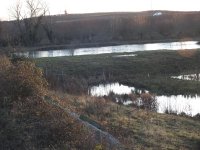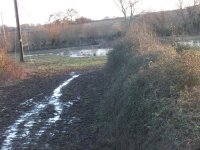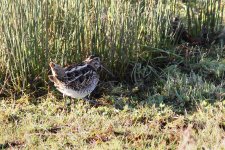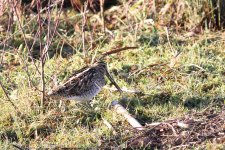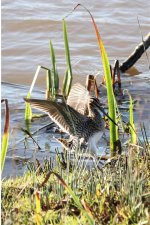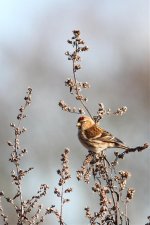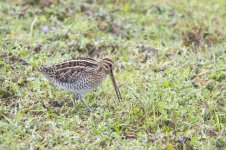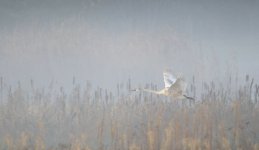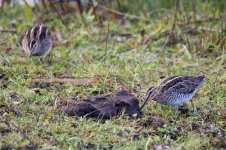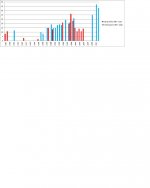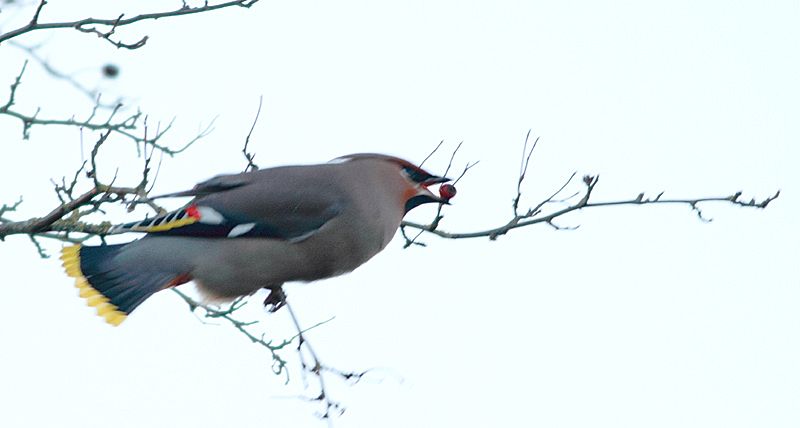Woodchat
Cogito ergo sum
WRT ringing at UW. I have no personal objections to this outside the nesting season but I think that disturbance should be minimised between early May and the beginning of August - which would preclude any intrusion into the main reedbed/sedge/scrub areas during that period. When I last spoke to Fergus about this he mentioned that ringing of pulli in the nest during that time being the ideal method as part of the concerted effort - this I am firmly opposed to at UW. For me, the ideal period to allow ringing to occur at Upton would be in autumn (August - November).
This is my opinion on the matter and I think it represents a good compromise - afterall, UW is primarily a locally-important breeding site for several species, not an observatory.
This is my opinion on the matter and I think it represents a good compromise - afterall, UW is primarily a locally-important breeding site for several species, not an observatory.





